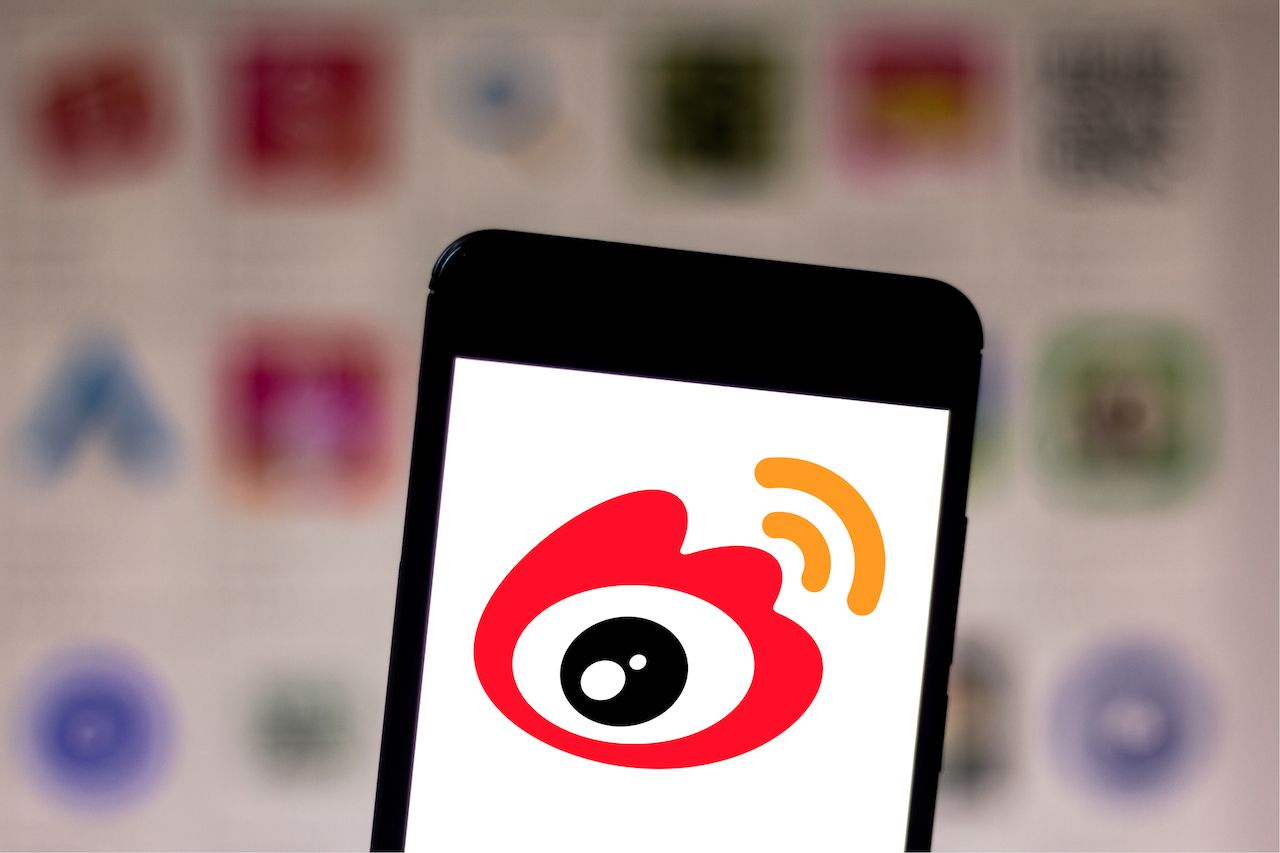When it comes to reaching outbound Chinese tourists on social media, WeChat tends to dominate the conversation. But with 465 million monthly active users, Sina Weibo, often referred to as “China’s Twitter,” has enjoyed a renaissance in recent years by becoming the go-to destination for straight news and entertainment.
With 200 million monthly users who indicate an interest in travel, developing a coherent Weibo strategy is now essential for museums and cultural institutions hoping to connect with China’s Free Independent Travelers (FITs): a group that’s estimated to make 160 million trips by 2020.
In a recent webinar hosted by Dragon Trail — a company focused on connecting tourism organizations to Chinese travelers through digital initiatives — their communications manager, Sienna Parulis-Cook, outlined the many ways travel industry players can use Weibo for travel marketing.
Here Jing Travel shares five takeaways from the webinar:
Post Often
As an open platform, Weibo offers great reach for published content that can go viral quickly, unlike WeChat where only friend content and followed account content gets shared. Furthermore, posting on Weibo is unrestricted, and museums can take advantage by responding to trends and news as a way to stay relevant. Posting three to four times a day is recommended.
Use Photos, Hashtags, and Emojis
On Weibo, posts have three seconds to grab users’ attention. Museums should ensure posts are short on words and long on images (try filling Weibo’s nine-panel display with photos and gifs). Break up text with eye-catching emojis and suitable hashtags and use hashtags to respond to ongoing trends (by clicking hot topics). Another savvy tip is to search Weibo’s free keyword index to assess what the Chinese blogosphere is discussing in your area of interest.
Tap into KOLs
The openness of Weibo means KOLs prefer the social media platform to WeChat. Museums should make KOL engagement a strategic focus for attracting the Chinese FITs that follow them. Choose KOLs with relevant areas of interest/expertise (for example, watercolor painting instead of generic travel). The photo-positive nature of Weibo allows KOLs to showcase museum imagery, which is at the heart of what makes such institutions appealing.
Harness User-Generated Content
Although museum and KOL content helps to develop an institution’s brand, user-generated content is equally key as Weibo users are more likely to trust content created by individuals. Find users who are already engaging with museums through hashtag searches. Important actions include reposting user content, asking and answering questions, and creating genuine dialogues. This level of engagement helps to inspire future visitors.
Create Super Topics
Super topics are a hashtag and a community on Weibo that integrates fans and related content on a customizable landing page. By applying to create specific super topics, museums become the administrators of the Weibo page and can engage and inform directly with interested users.
Click here to watch Dragon Trail’s full webinar



